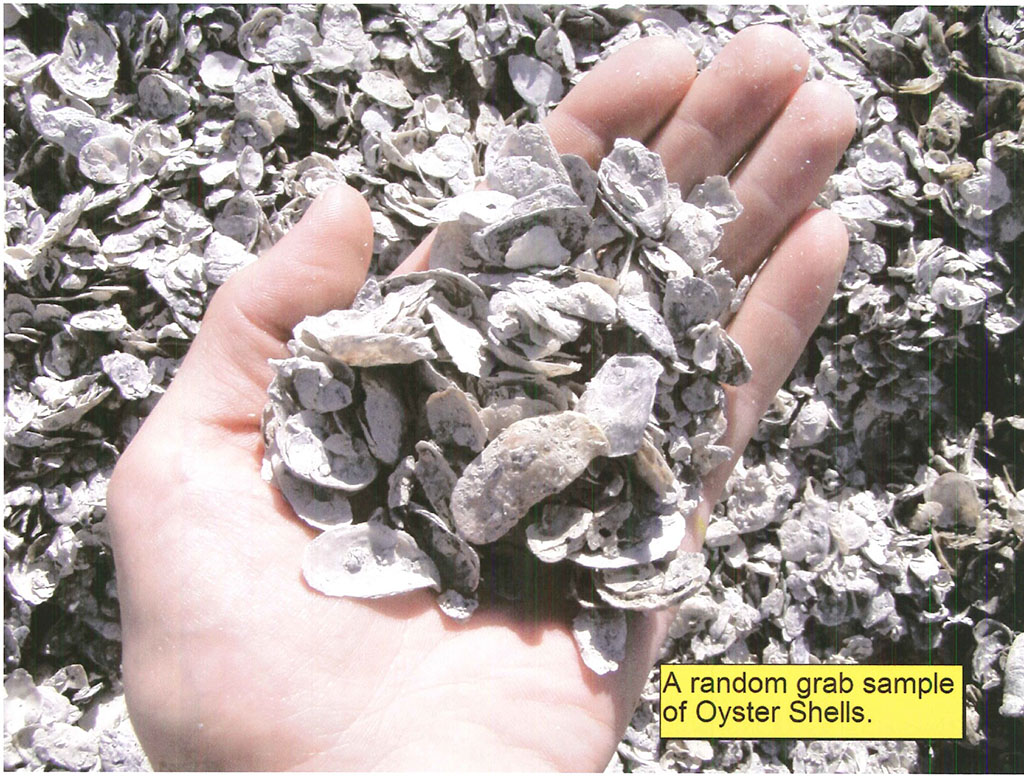Climate-Driven Sea and Groundwater Rise
San Francisco Bay’s water level is expected to rise by at least 3 feet by the end of the century. Even using this conservative estimate, sea level rise could cause significant losses to homes, businesses, and critical public infrastructure like roads and wastewater treatment plants that are near the shoreline.
Climate change is also causing water to rise from the ground up on a faster timeline than rising seas. That means that inland flooding could impact areas away from the shoreline even before full sea level rise increases are reached. Groundwater rise poses a particularly acute threat for toxic sites, which could flood and leach pollutants into the wider Bay.

Rising Rides
Scientists estimated in 2016 that a major storm, in combination with a three foot rise in the Bay’s water, would cost the Bay Area more than $70 billion in damages to infrastructure and neighborhoods.
Flooding could reach more than 1,000 industrial sites around the Bay’s shoreline and release toxic pollutants from these contaminated lands into the Bay. Pollutants in the water would harm wildlife, including millions of migratory birds, and make recreation on and in the Bay dangerous.
Recreational opportunities around the Bay would also be impacted, because sea level rise would shrink existing shoreline parks. San Francisco’s Crissy Field may become completely inundated. Trails at parks like Martin Luther King Jr. Shoreline in East Bay and Don Edwards Wildlife Refuge in South Bay could become flooded and inaccessible.
Flooding could reach more than 1,000 industrial sites around the shoreline, releasing toxic pollutants into the Bay.
A More Resilient Bay
Impacts like these can be averted, but it will take bold action now to make the Bay more resilient in the future. Baykeeper has some recommendations:
Wetlands, not seawalls. Wetlands are the Bay Area’s best defense against sea level rise. They soften waves, provide a buffer against flooding, filter pollutants from water, and stabilize shorelines. But wetlands need tidal action, with time above and below water each day. Wetlands won’t survive if rising seas submerge them continuously. To preserve the Bay’s wetlands:
- Bay Area leaders need to make sure that no more wetlands are destroyed by short-sighted shoreline development.
- Another solution is to stop excessive sand mining from the Bay floor for commercial uses. If the Bay’s sand remains in the system, it will naturally wash up on wetlands, and help raise them.
- Dredging practices in the Bay also need to be modernized. Right now, clean mud and sediment is dredged up to keep shipping channels open, then dumped far out in the ocean. That clean sediment should instead be used to build up and restore Bay wetlands.
- And if there’s undeveloped land adjacent to wetlands, it should be protected from development. As tides rise onto the formerly dry land, wetland plants and animals can migrate uphill, if there’s room.

Preserving and restoring wetlands is a much better strategy than concrete seawalls. A higher, seawall on one part of the shoreline can exacerbate flooding elsewhere on the shoreline and is a short-sighted hardscape fix to a problem that requires a more flexible approach.
More green infrastructure. Green infrastructure along shorelines and in urban areas can also help protect against sea level rise, by providing flood protection, mitigating groundwater rise, and filtering pollutants. Examples include planted areas along sidewalks and permeable pavements. Green infrastructure provides additional benefits by adding natural landscapes to our communities and replenishing groundwater for use in future droughts.
Coordinated region-wide planning. Most importantly, cities around the Bay Area cannot tackle sea level rise in a piecemeal way. The Bay Area needs coordinated regional planning that protects the ecosystem, economy, and communities. And a top priority is to regionally identify the more than 1,000 industrial sites along the shoreline that could release toxic pollution into the Bay when flooded. Coordinated, expedited cleanup of these sites, rather than asphalt capping to simply cover pollutants, is critical. The region should prioritize clean up of the sites that pose a biggest danger to public health first, and help prevent harmful pollution from getting into the Bay and hurting wildlife and people.
Preserving and restoring wetlands is a much better strategy than concrete seawalls.
Learn More
ShoreView
For more about how the Bay Area can meet the huge challenge of sea level rise in San Francisco Bay, visit our ShoreView site.
ShoreView is a Google Impact Challenge Grant project. It includes Street View-style images of the Bay shoreline, plus maps of toxic industrial sites around the Bay and of shoreline areas at risk of being underwater.
Explore ShoreviewTake ACtion
Tell the Department of Toxic Substances Control to Clean up the Bay’s Toxic Sites
There are thousands of toxic sites across California—and many of them pose a direct threat to public health and the environment. More than a thousand of those toxic hotspots are right here along the Bay shoreline. Pollution from these sites contaminates the soil and water in many frontline communities, which face the additional risk of flooding from rising sea levels.
If we don’t act soon, flooding from surface water and groundwater will spread hazardous chemicals throughout the Bay and Bay Area neighborhoods.
But for decades the agency tasked with protecting Californians and the environment from toxic pollution has failed to take sufficient action. The California Department of Toxic Substances Control (DTSC) has repeatedly fallen short of cleaning up hazardous waste sites to adequate standards, including sites under consideration for housing. And the agency has so far ignored calls to identify and prioritize sites most vulnerable to rising waters.
You can help. Please sign our letter to urge DTSC Director Meredith Williams to improve the agency’s priorities. We’re asking DTSC to more thoroughly clean up toxic sites and make sure the cleanups themselves are safe for neighboring communities. DTSC should also prioritize accounting for both sea level and groundwater rise in its shoreline cleanup plans.




